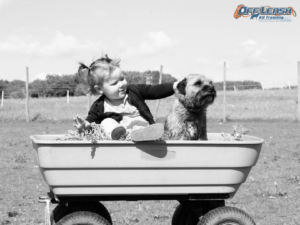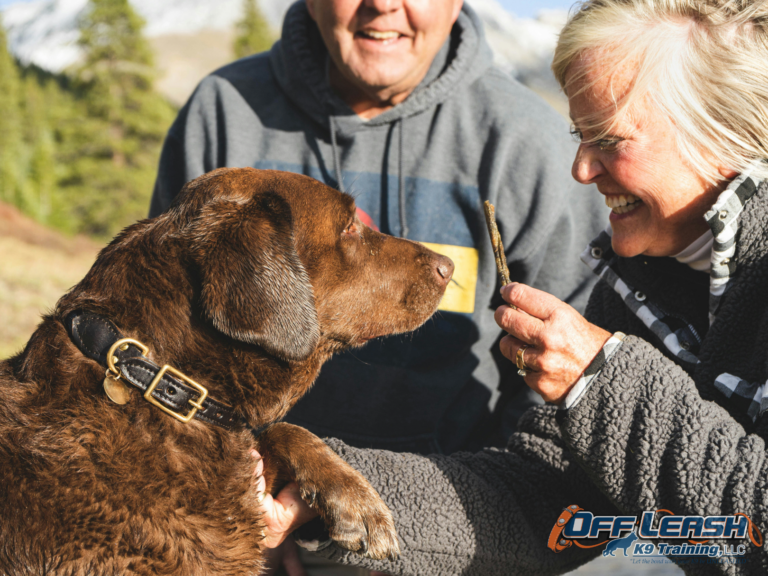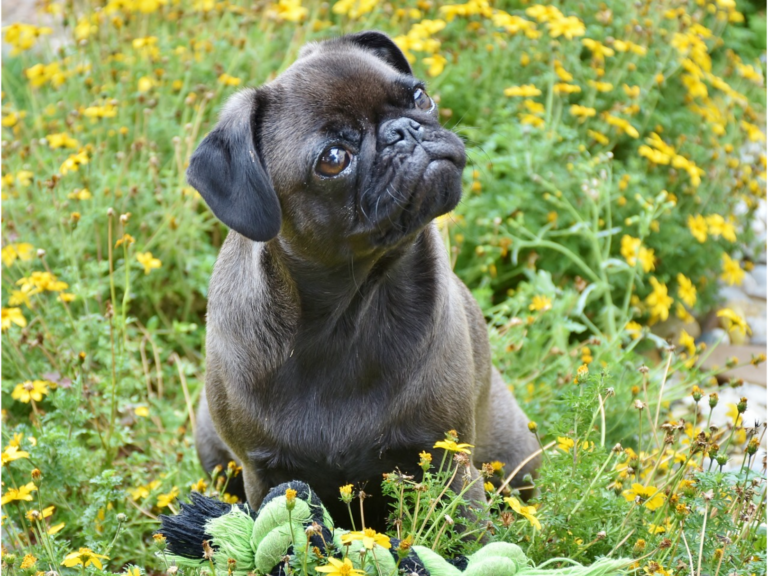Helping Your Furry Friend: Conquering Travel Anxiety in Dogs
Learn how to manage travel anxiety in dogs with these tips and techniques, including recognizing signs of anxiety, preparing for travel, training techniques, and using calming products and medications.
Introduction: Understanding the Impact of Travel Anxiety in Dogs
Travel anxiety in dogs is a prevalent issue that significantly affects their quality of life. Similar to humans, dogs can feel stressed and anxious when faced with the prospect of traveling. This anxiety isn’t just about the discomfort of movement; it’s deeply rooted in the unfamiliarity and unpredictability of new environments. The effects of unmanaged travel anxiety are far-reaching, potentially leading to stress-related health issues such as digestive upset, decreased immunity, and behavioral problems including aggression or withdrawal. These issues highlight the importance of recognizing and addressing travel anxiety in dogs early on.
For dog owners, understanding the signs of travel anxiety and adopting proactive strategies to alleviate this stress is essential. It involves creating a safe and comfortable travel environment and possibly adjusting travel plans to accommodate the needs of their anxious companions. Recognizing the impact of a dog’s emotional well-being on their travel experience allows owners to take necessary steps towards making journeys less stressful. This understanding is the cornerstone of effective travel anxiety management, ensuring that trips become enjoyable experiences for both dogs and their human families. Taking proactive measures not only enhances the travel experience but also reinforces the bond between dogs and their owners, fostering a sense of security and trust that is crucial for a positive travel experience.
Recognizing Signs of Travel Anxiety in Dogs
Understanding and identifying the signs of travel anxiety in dogs is crucial for ensuring their well-being during journeys. Symptoms of travel anxiety range widely, from subtle signs like yawnings and lip licking to more overt behaviors such as whining, pacing, excessive drooling, and even aggressive tendencies in extreme cases. These manifestations of discomfort can stem from various factors, including past negative experiences associated with travel, such as visits to the vet. Recognizing these signs early on allows pet owners to intervene before anxiety escalates into more severe issues, enhancing the travel experience for both the dog and the owner.
Moreover, it’s essential to understand that each dog’s reaction to travel can be unique. Some dogs might exhibit physical symptoms of stress, such as trembling or refusing to eat, while others might display anxiety through changes in behavior, like increased clinginess or attempts to escape. Being attuned to these signs is the first step in developing an effective strategy to help manage your pet’s anxiety. By acknowledging the root causes of travel anxiety, such as negative associations with car rides, owners can better prepare and support their pets through desensitization and counterconditioning techniques designed to create more positive travel experiences.
Preparation and Positive Association
Preparing your dog for travel involves more than just getting them physically ready; it’s about creating a mindset where travel is associated with positive experiences. Selecting the right travel crate or carrier is the first step in this process. The carrier should not only be the correct size—allowing your dog to stand, turn around, and lie down comfortably—but it should also feel like a safe space for them. Introducing familiar items such as their favorite blanket or toy can make the carrier seem more inviting. Moreover, associating the carrier with positive outcomes is crucial. This can be achieved by using treats and their preferred toys as rewards when they spend time in the carrier, gradually building a positive connection with the concept of travel.
Furthermore, gradual acclimation is key to ensuring your dog’s comfort with travel. Start with short practice trips in the carrier around your home, then progress to short car rides, gradually increasing the duration as your dog becomes more comfortable. This methodical approach helps mitigate travel anxiety by allowing your dog to slowly adjust to the idea of traveling. Each positive experience during these practice trips reinforces the notion that travel is not only safe but also enjoyable.
 Calming Products and Medications
Calming Products and Medications
In the quest to manage travel anxiety in dogs, various non-medical calming aids have shown promise in promoting relaxation and easing stress. Products like pheromones, which mimic the calming signals mother dogs send to their puppies, and pressure wraps, designed to provide a gentle, constant pressure akin to a reassuring hug, can significantly help anxious dogs feel more at ease during travel. For instance, a dog pheromone diffuser or a well-fitted anxiety wrap can create a sense of tranquility in the car, making the journey less stressful for both the pet and the owner.
However, for some dogs, these measures may not suffice, leading owners to consider over-the-counter options or even prescription medications. Products such as Benadryl are commonly used to alleviate symptoms of travel anxiety due to their sedative effects, but it’s crucial to consult a veterinarian before administering any medication to ensure it’s safe and appropriate for your dog’s specific health profile. In more severe cases of travel anxiety, a veterinarian might prescribe medications that specifically target anxiety, offering a more robust solution to help your furry friend travel more comfortably. It’s worth noting that while these medications can be highly effective, they should always be used under veterinary guidance to avoid any adverse effects.
Practical Tips for Travel Day
Creating a serene travel environment for your dog involves more than just getting them into the car. A crucial aspect of this process is maintaining a comfortable temperature within the vehicle. Dogs, much like humans, can become distressed in overly hot or cold conditions. Keeping the car’s interior at a moderate temperature, perhaps through the use of climate control or by cracking the windows for ventilation, ensures your furry friend remains calm and comfortable throughout the journey. Additionally, the use of sunshades can help in maintaining an optimal temperature while also serving as visual barriers to reduce the amount of external stimuli your dog is exposed to, which can be particularly beneficial for dogs that are easily excited or nervous by their surroundings.
Aside from managing the car’s internal environment, the planning aspect of your travel plays a pivotal role in ensuring a stress-free experience for both you and your dog. Frequent breaks are not just for the dog’s physical needs but also provide an opportunity for mental relaxation and stretching, which is essential for long journeys. Before embarking on your trip, research rest stops or parks along your route where you can safely allow your dog to unwind. Services such as Sniffspot allow you to utilize safe enclosed yards to let your dog take a break. This careful planning, combined with the strategic use of calming products like pheromone sprays or anxiety wraps, and adherence to the training techniques previously discussed, can significantly enhance the travel experience for dogs prone to anxiety. By taking these steps, you can transform car travel from a source of stress to an enjoyable adventure for your canine companion.
Conclusion: Empowering Dogs to Travel Stress-Free
Overcoming travel anxiety in dogs is a journey that involves patience, understanding, and a tailored approach to each dog’s unique needs. By integrating a mix of preparation techniques, positive reinforcement training, and when needed, the judicious use of calming aids or medications, dog owners can significantly reduce or even eliminate travel anxiety in their pets. It’s crucial to remember that the goal is not just to manage anxiety symptoms during travel but to foster a sense of security and positivity around the experience of traveling. This not only enhances the well-being of our canine friends but also makes the journey more enjoyable for everyone involved.
Furthermore, establishing a routine that includes familiar items and creating a comfortable environment in the vehicle can work wonders in helping dogs feel more at ease. Techniques such as introducing travel crates early on, using calming scents, and providing favorite toys or blankets can help create a safe haven for your dog during travels. The journey towards stress-free travel with dogs is a testament to the strong bond between dogs and their owners, underscoring the importance of empathy, patience, and consistent effort. By adopting these measures, dog owners can look forward to many happy adventures on the road with their four-legged companions, ensuring that every trip is a positive experience.



 Calming Products and Medications
Calming Products and Medications




